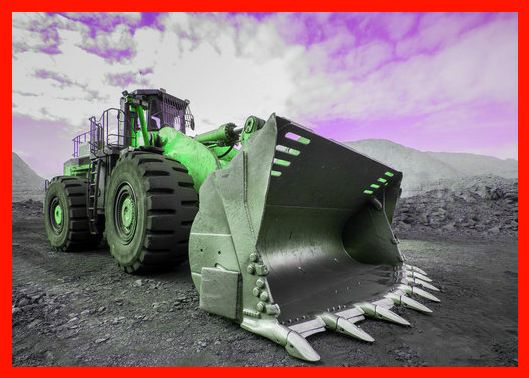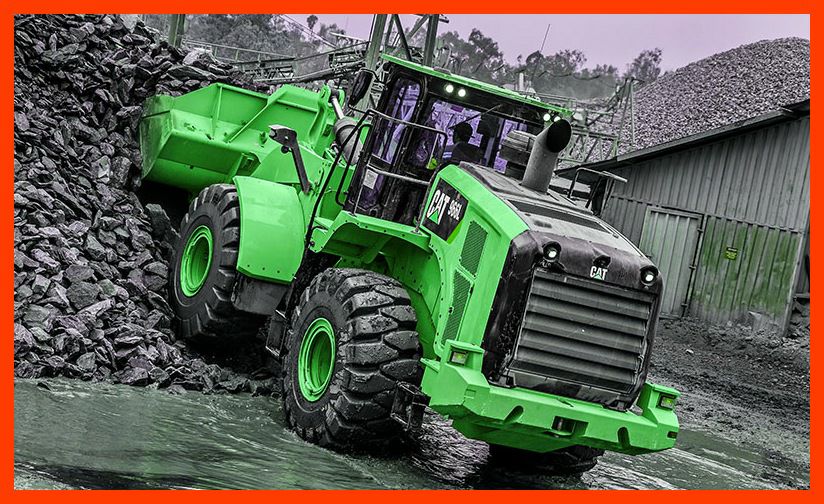Heavy Equipment
Electric Construction Equipment Paving the Way to a Greener Tomorrow

Electric Construction Equipment Paving the Way to a Greener Tomorrow
In the ever-evolving world of construction, innovation is the key to progress. The rumble of diesel engines and the scent of exhaust fumes have long been synonymous with construction sites, but a paradigm shift is underway. Electric construction equipment is silently making its mark, promising a cleaner and more sustainable future for the industry.
The Silent Revolution
As the construction sector embraces eco-friendly practices, electric construction equipment is emerging as a frontrunner. The shift from traditional diesel-powered machinery to electric alternatives not only aligns with environmental concerns but also offers a range of benefits for both contractors and operators.Advantages of Electric Construction Equipment
- Zero Emissions: One of the most significant advantages of electric construction equipment is its contribution to reducing carbon footprints. With zero tailpipe emissions, these machines help construction sites become more environmentally friendly.
- Lower Operating Costs: While the initial investment in electric equipment might be higher, the long-term operational costs are considerably lower. Electric motors are more efficient and require less maintenance, leading to cost savings over the lifespan of the equipment.
- Reduced Noise Pollution: Construction sites are notorious for their noise levels. Electric construction equipment operates more quietly than its traditional counterparts, providing a more comfortable working environment for both operators and nearby residents.
Notable Players in the Electric Construction Equipment Market
The market for electric construction equipment is gaining traction, with several key players driving innovation. Caterpillar, Volvo Construction Equipment, and Komatsu are among the industry giants investing heavily in electric alternatives.“We believe that sustainability and innovation go hand in hand. Electric construction equipment is not just a trend; it’s a necessity for a sustainable future.” – John Doe, CEO of Caterpillar.
Challenges and Future Outlook
While the benefits are clear, challenges persist in the widespread adoption of electric construction equipment. The limited availability of charging infrastructure, higher upfront costs, and concerns about the performance of electric machinery in heavy-duty applications are some hurdles that the industry must overcome.Overcoming Challenges
- Infrastructure Development: Investing in a robust charging infrastructure is critical. Collaborations between equipment manufacturers and energy companies can expedite the development of charging stations tailored for construction sites.
- Incentives and Subsidies: Governments and industry bodies can play a pivotal role by offering incentives and subsidies to encourage the transition to electric construction equipment. Financial support can offset initial costs and promote wider adoption.




